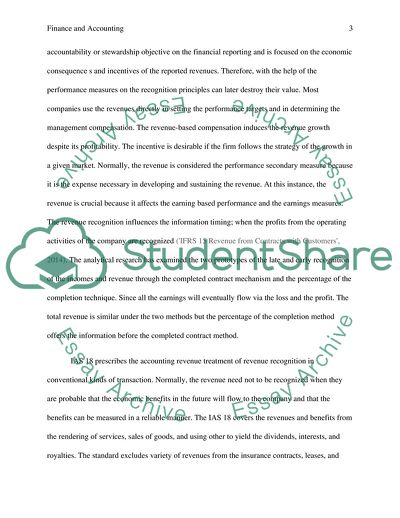Cite this document
(IFRS 15 Revenue from contracts with Customers Article, n.d.)
IFRS 15 Revenue from contracts with Customers Article. https://studentshare.org/finance-accounting/1847019-ifrs-15-revenue-from-contracts-with-customers
IFRS 15 Revenue from contracts with Customers Article. https://studentshare.org/finance-accounting/1847019-ifrs-15-revenue-from-contracts-with-customers
(IFRS 15 Revenue from Contracts With Customers Article)
IFRS 15 Revenue from Contracts With Customers Article. https://studentshare.org/finance-accounting/1847019-ifrs-15-revenue-from-contracts-with-customers.
IFRS 15 Revenue from Contracts With Customers Article. https://studentshare.org/finance-accounting/1847019-ifrs-15-revenue-from-contracts-with-customers.
“IFRS 15 Revenue from Contracts With Customers Article”. https://studentshare.org/finance-accounting/1847019-ifrs-15-revenue-from-contracts-with-customers.


